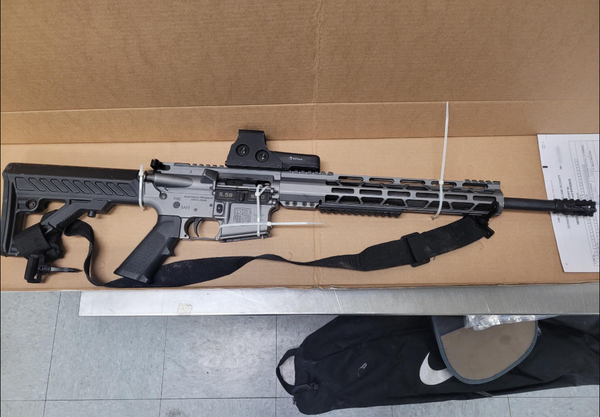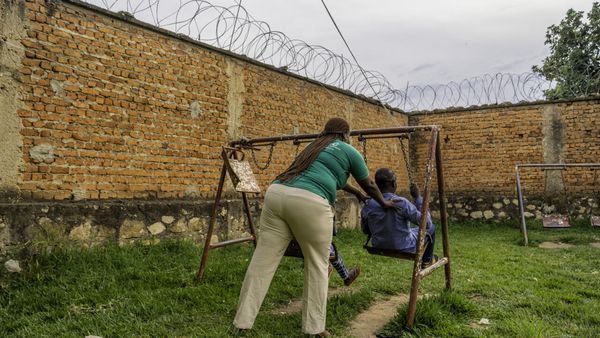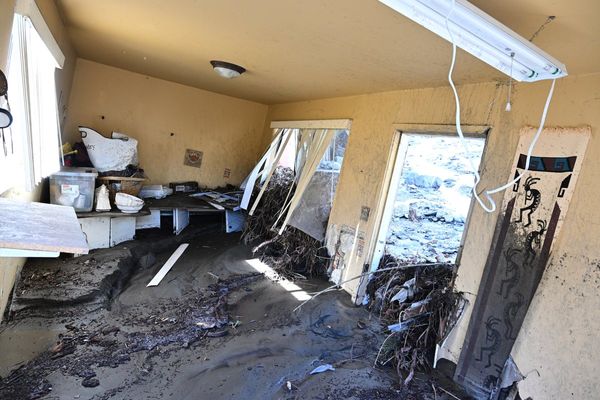
A new report by nonprofit Transactional Records Access Clearinghouse (TRAC) has found that, despite having a national detention capacity far exceeding its current detainee population, U.S. Immigration and Customs Enforcement (ICE) has continuously transferred individuals far from their initial booking locations, sometimes to facilities operating over their contractual limits.
The practice, the report says, raises questions about ICE's operational priorities and potential efforts to fast-track deportations.
"Numerous reports show that ICE, after arresting individuals and booking them into one facility, quickly move them to a different detention facility usually far from their home," TRAC stated in the report. "Was there not capacity at a detention facility closer to where they lived? Or might ICE be moving detainees to locations where judges impose fewer procedural requirements so the agency can deport individuals more quickly?"
The report points to April 13 as an example. That night, ICE held 48,056 individuals in custody across 181 facilities, while its total contractual capacity stood at 62,913 beds—about 76% capacity. Yet 45 facilities exceeded their contractual capacity, including eight that held over 100 more detainees than allowed.
These overcrowded sites were primarily privately operated by firms such as CoreCivic, LaSalle Corrections, and the GEO Group. Only one county jail—Clay County, Indiana—exceeded its contract by over 100 individuals.
Among the facilities most consistently over-capacity was the Krome North Service Processing Center in Miami, operated by private prison giant Akima Global Services. At one point the center detained nearly 1,200 more people than its contracted limit of 611 and operated at triple its contractual capacity at least one night during the fiscal year. ICE has since added a temporary structure to house an additional 400 detainees.
The disparity between contractual capacity and actual population is further complicated by reports of overcrowding in ICE "processing centers." A recent investigation into conditions at 26 Federal Plaza in Manhattan described detainees held for up to ten days in cramped rooms without access to showers, clean clothes, or adequate food.
The TRAC report concludes that ICE must regularly publish updated data on both detainee counts and facility capacity to ensure accountability as detention numbers continue to rise:
"ICE's national contractual detention capacity does not tell the whole story. How it is managed in deciding which facility to book in a new person ICE has arrested, and whether to then transfer the individual to another facility are critical to understand. The agency needs to regularly release updated figures on the actual number of individuals held at each facility on a given day along with the matching current contractual capacity at that facility to understand whether overcrowding occurs as the agency rapidly increases the number of individuals it is detaining"
© 2025 Latin Times. All rights reserved. Do not reproduce without permission.









